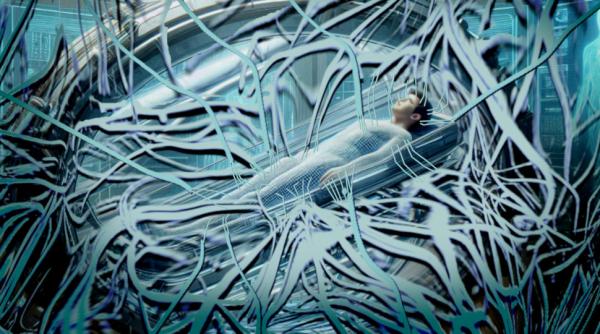BY LETTER
Biostasis
Technology > Application > Augmentics
Technology > Technology Levels > High Tech / Hitech
Technology > Application > Transportation > Interstellar Transport
Technology > Application > Medical Treatment
Technology > Technology Type or Material > Nanotech
Technology > Technology Type or Material > Organic/Biotech
Technology > Technology Levels > High Tech / Hitech
Technology > Application > Transportation > Interstellar Transport
Technology > Application > Medical Treatment
Technology > Technology Type or Material > Nanotech
Technology > Technology Type or Material > Organic/Biotech
Also known as Nanostasis | |
 Image from Steve Bowers and Microsoft Image Creator | |
| A means of preserving biological life in suspended animation without freezing; often used over long journeys or in unsatisfactory environments. | |
Interstellar journeys were very long affairs, especially in the early days; to survive decades or centuries some of the first ships were entire ecologies, with biological food production and resource recycling. Launched before and during the Great Expulsion era the few successful Generation ships ever launched allowed several generations of crew to be born, live their lives, and die en route. However these ships were so huge that they arrived typically decades or centuries after the later, faster, smaller ships had arrived and claimed the best territory.
In order to make the journey more comfortable on the smaller ships the colonists and crew were typically placed in cryonic suspension. This technology involved ultracold temperatures and tissue vitrification, a technique that eventually became widely used. Particularly in the case of poorly prepared Backyarder ships this difficult process could result in degradation of tissues on revival, including brain damage (which often responded to treatment, but also often did not).
By the First Federation era so-called 'warm biostasis' became available. First described by K. Eric Drexler in his classic work Engines of Creation, this technology went through many stages of development. Body cells are maintained in an active state but any significant change or growth is suppressed by numerous specialised and coordinated nanosomes within each cell.
It is possible for the brain tissue of the subject to remain active for extended periods by allowing the neurons and synapses the freedom to develop and change at normal rates. Direct neural interfacing can compensate for the lack of sensory input, and this allows full consciousness to be maintained by crew members on board a ship even while their bodies are in stasis.
Some ships offer extended periods of virtual reality immersion to colonists and off-duty crew during their periods of inactivity. Many decades or centuries of interstellar flight can be filled by useful activity; the construction of detailed plans for the development of habitats and energy collection arrays, and for the terraforming of any suitable worlds at the target system. These worlds could be observed in detail by the ship as it approaches, and these observations added to the already detailed information available from remote observations made before the ship was even launched.
Other uses for the long periods of immobility combined with direct neural contact with the ship's multimedia library include religious contemplation and abstract thought. As a result of religious meditations on board the Ananas between Ganesha and Darwin the Bluesky sect of ecotechnicians developed their cross between practical and devotional development, resulting in the neo-buddhist paraterraforming movement; and as a result of extension of their consciousness into the technical library the crew of the Gosse developed the long distance Engenerator system.
In more recent times, biostasis has been used widely in the Civilized Galaxy to protect biological passengers on board wormhole transiting ships from acceleration, the disturbing effects of space time distortion, or simple boredom. Biostasis may also be used by bionts who occasionally find themselves in hostile environments, such as combat warships or stellar mining operations. Additionally many biological entities are kept for protracted periods in a conscious or unconscious state in biostasis; either while they live extended virtual lives, or while they wait for suitable environmental conditions to develop on a developing or marginal world, or sometimes simply awaiting the grand design of an inscrutable archailect.
Related Articles
- Colonist
- Colony
- Colony Ships
- Cryoinvest
- Cryonic Suspension
- Cryonics
- Nanostasis - Text by M. Alan Kazlev
Suspension of all biological activity, by infusing the patient with cryoprotective chemicals and freezing or vitrifying (cryonic suspension), or by chemically bonding cellular components in place. See Biostasis.
Appears in Topics
Development Notes
Text by Steve Bowers with comments by John B
Initially published on 07 August 2003.
Biostasis
Initially published on 07 August 2003.
See also
Eric Drexler's chapter on Biostasis from Engines of CreationBiostasis






